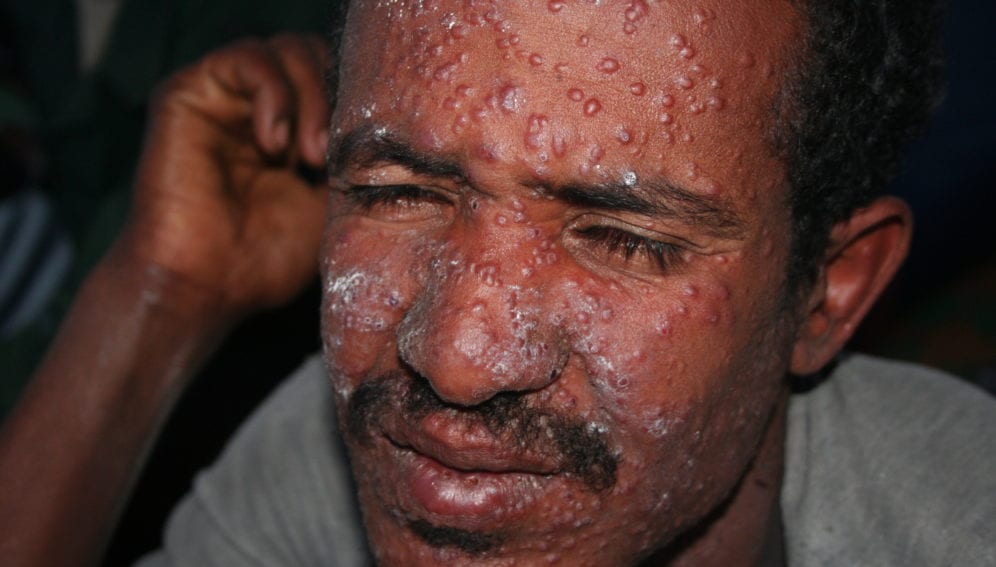By: T.V. Padma
Send to a friend
The details you provide on this page will not be used to send unsolicited email, and will not be sold to a 3rd party. See privacy policy.
[NEW DELHI] Researchers have found a more infectious form of the parasite that causes leishmaniasis, in patients who relapse within a year of treatment with the drug of choice, miltefosine.
Leishmaniasis is a neglected tropical disease caused by Leishmania donovani, a protozoan spread by sandflies, affects 400,000 people every year and kills one in every 10 victims.
Common in many developing countries, the disease is endemic on the Indian sub-continent which accounts for 80 per cent of global cases of visceral leishmaniasis, a lethal form of the disease locally known as 'kala-azar'.
Rising relapse rates in patients who take the oral drug miltefosine — the most widely used drug for treatment and one of the pillars of elimination programmes — have been a cause for worry with the exact cause unknown.
Researchers at the Institute of Tropical Medicine (ITM), Antwerp, and the B. P. Koirala Institute of Health Sciences, Kathmandu, working under the 'Kaladrug' project, funded by the European Commission, had earlier shown one in five patients treated with miltefosine relapsing.
A new study by the same team, on nine fully cured patients and 12 cases of relapse, between 2010 and 2012, shows that parasites with a greater capacity to infect play a key role in treatment failure.
In the study published in mBio, by the American Society of Microbiology, on 8 October, researchers ruled out other possible causes of relapse — re-infection with new parasites and resistance to miltefosine.
The precise link between greater infectivity and treatment failure is not clear, the researchers say. It is also not clear whether parasites with higher infectivity cause patients to relapse, and if so why; or whether treatment failure generates parasites with higher infectivity.
Jean-Claude Dujardin, head of the molecular parasitology unit at ITM, tells SciDev.Net : "Our results are an important reminder that treatment failure of the patient is not always related to drug resistance of the infecting organisms, but that other traits of the pathogen can also play a major role in treatment outcome."
Dujardin said the latest finding would not directly impact the treatment policy, but calls for further monitoring of parasites during control programmes, integration of multiple control measures and drug combinations.
"The interaction of the parasite with the immune system may play a big role, but to really unravel the mechanism(s) behind it, more studies need to be performed," Dujardin says, adding that the more infectious parasites could spread if miltefosine is administered as monotherapy.
"Kala-azar is characterised by cycles of epidemics, and differences in infectivity of the parasites could play a role in resurgence. Thus, monitoring is essential. Tools are available, it is now a question of implementing them," Dujardin adds.
Link to original article in mBio














